The IINO Group's industry-leading fleet of chemical tankers transports world-class transport volumes from the Middle East to the Far East and Europe.
The IINO Group operates an industry-leading fleet of chemical tankers, undertaking worldwide transport of liquid cargos, primarily consisting of petrochemical products. Utilizing know-how backed by many years of experience, the IINO Group realizes safe and secure transportation, and for the transport of petrochemical products from the Middle East to the Far East and Europe in particular, has the top market share. Please read on for an overview of chemical tanker cargos, ship construction, and the IINO Group's main shipping routes.
Features
Chemical tankers transport liquid cargoes that include petrochemical products (methanol, ethylene glycol, etc.) and non-petrochemical products (phosphoric acid, sulfuric acid, etc.). There are multiple tanks contained within a single tanker, making it possible to carry different types of extremely dangerous cargoes. Each of these tanks employs a coating or a certain material (stainless steel, etc.), and the type of tank determines the cargo it can carry.
Cargos
Natural resource chemical products (Simplified view)
A wide variety of chemical products are manufactured utilizing petroleum, LPG, and natural gas as raw materials. In addition to traditional materials, such as naphtha, which is refined from crude oil, and natural gas, chemical products derived from coal and methanol are also manufactured.
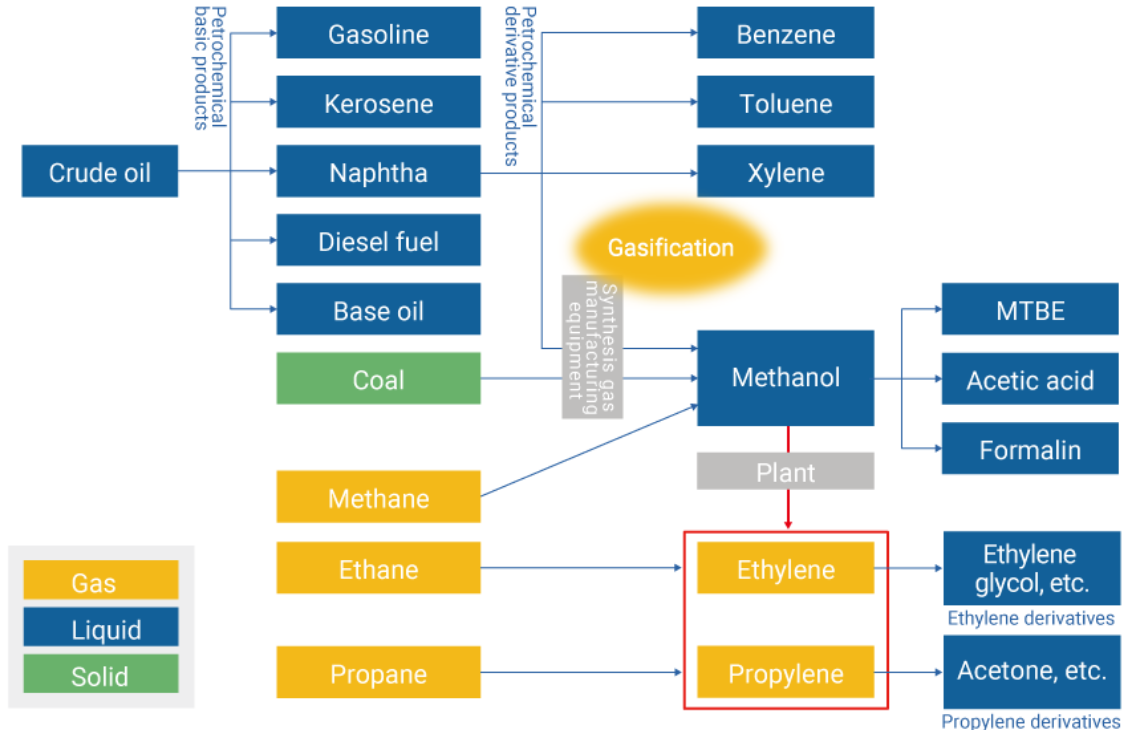
Cargos carried on the IINO Group's chemical tankers
Chemical tankers can transport all types of liquid cargo.
The IINO Group's chemical tankers primarily carry the following types of cargo.
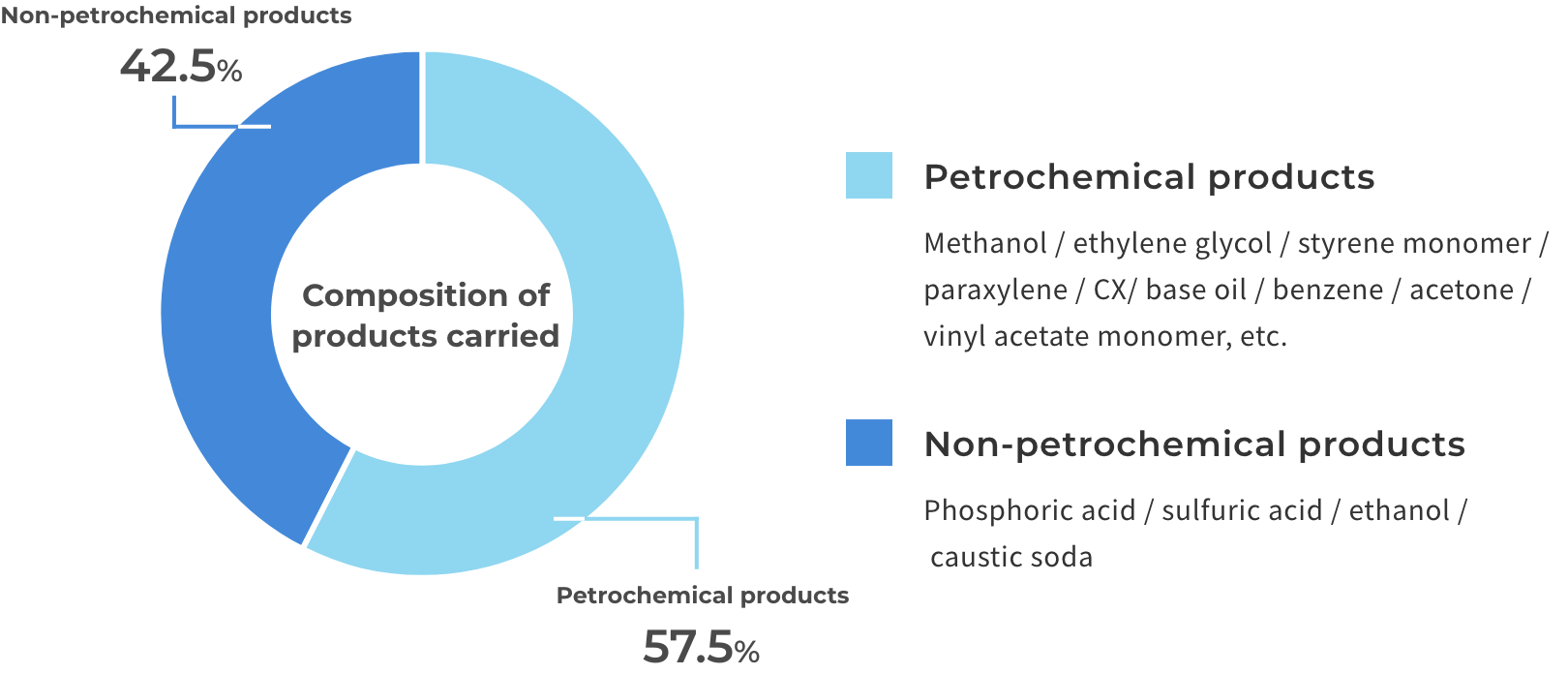
Stowage plans
To operate chemical tankers that can carry all types of liquid cargo, stowage plans must be made in consideration of the amount and vessel allocation efficiency, in addition to having a firm understanding of the cargo characteristics.
Various factors are considered when making stowage plans, including whether or not there will be issues between adjacent cargo, structural limitations, and if a previous type of cargo will have negative effects on the cargo to be subsequently loaded.
Ship Construction
Chemical tankers, which are compatible with all types of liquid and can hold various types of cargo on the same vessel, have the following characteristics.
Cargo tanks

- A single vessel contains about 14-20 tanks
- Each tank has an independent pump, and each can carry a different type of cargo.
*Oil tankers have about three pumps per vessel. - Each tank is equipped with a tank cleaning machine.
- To enable easy tank cleaning, there is only a bare minimum of structural materials (reinforcing materials, piping, machinery, etc.) contained within the tank, with many structural materials housed above deck.
- By incorporating elements such as cargo heating coils and mixing equipment, transport efficiency is raised by heating, cooling, or stirring cargo based on their characteristics.
Manifold

- The number of manifolds (sections that connect pipes extending from the tank bottom to the pipe exit and land-based equipment) is the same as the number of tanks.
*Oil tankers have about three manifolds per vessel.

Tank materials
- Designed with potential chemical products to be carried in mind
- Carrying various types of liquid chemical products
- Corrosion-resistant materials
- Specifications preventing mixing of liquid chemical products
- Coatings・・・Relatively inexpensive
Epoxy Coating:Not suited for holding acids and methanol
ZINC Coating:Not suited for holding acids and jet fuel - Stainless steel tanks ・・・Expensive
SUS 316:Suited for holding acids; easy tank cleaning
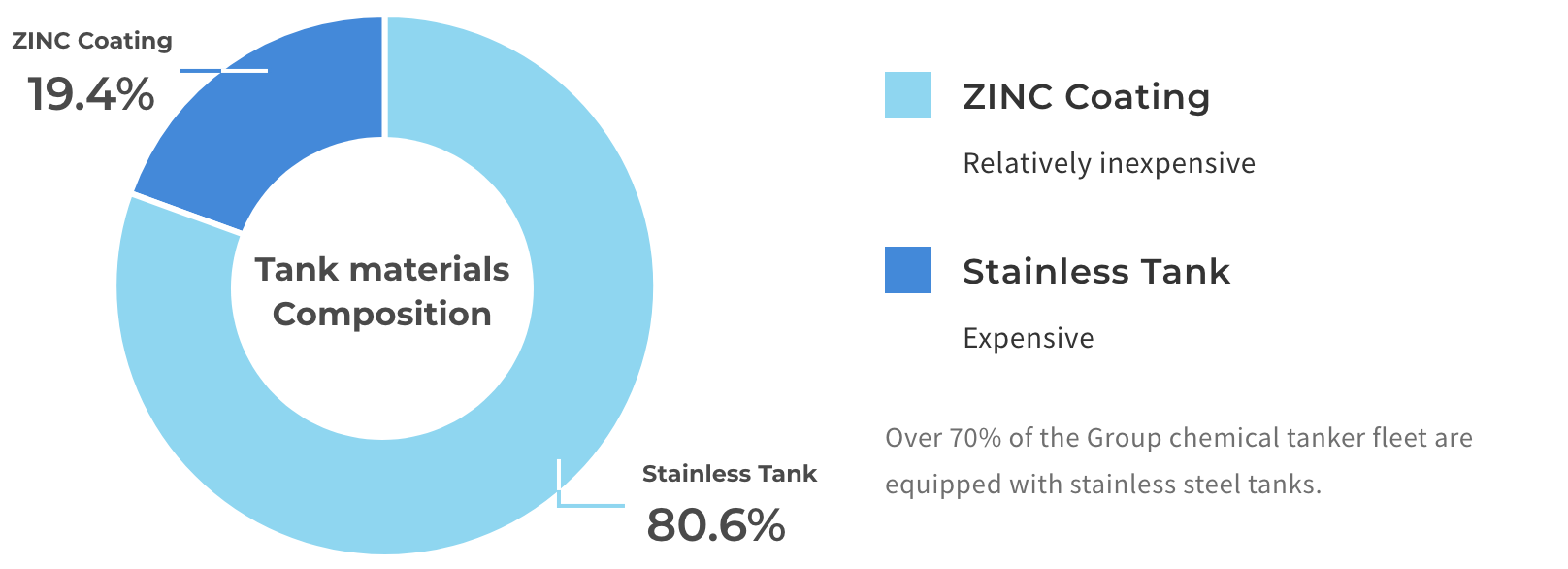
-
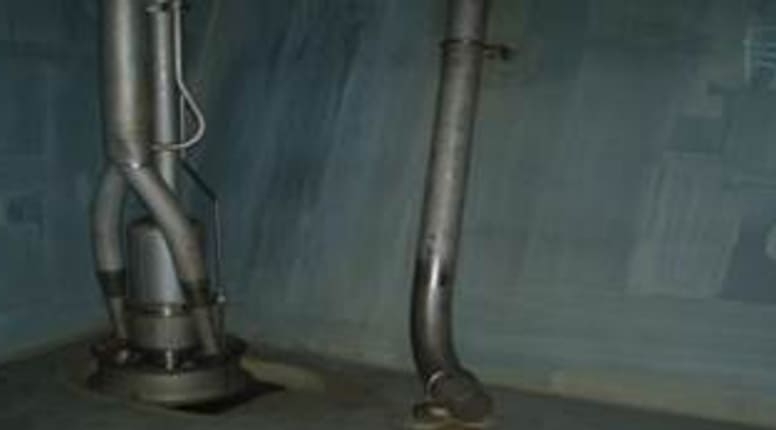
ZINC Coated Tank -

Stainless Tank
Tank cleaning
To ensure that previously loaded cargo does not mix with subsequent cargo and cause a decline in product quality, tanks are cleaned internally.
Stainless steel tanks are simple to clean compared to tanks coated with resins or zinc, and many of the Group's chemical tankers utilize stainless steel tanks.
It is necessary to have a thorough knowledge of cargo characteristics and accumulate appropriate tank cleaning know-how.
-
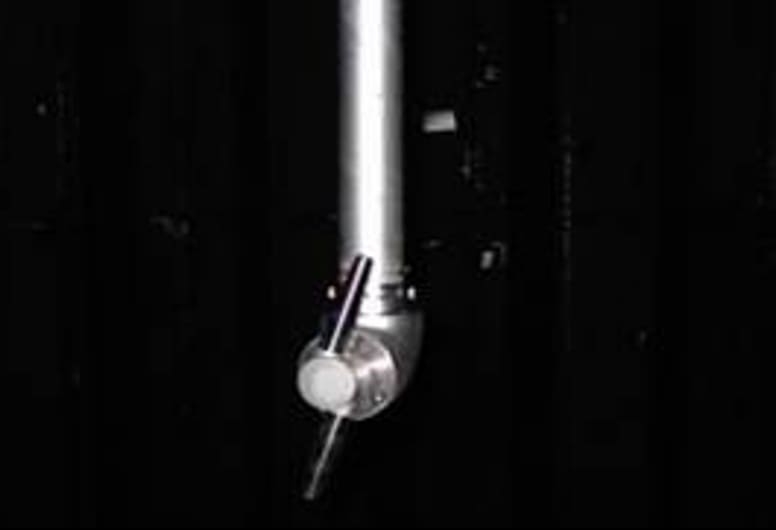
Tank Cleaning Machine
Video of Ship Structure
Shipping Routes
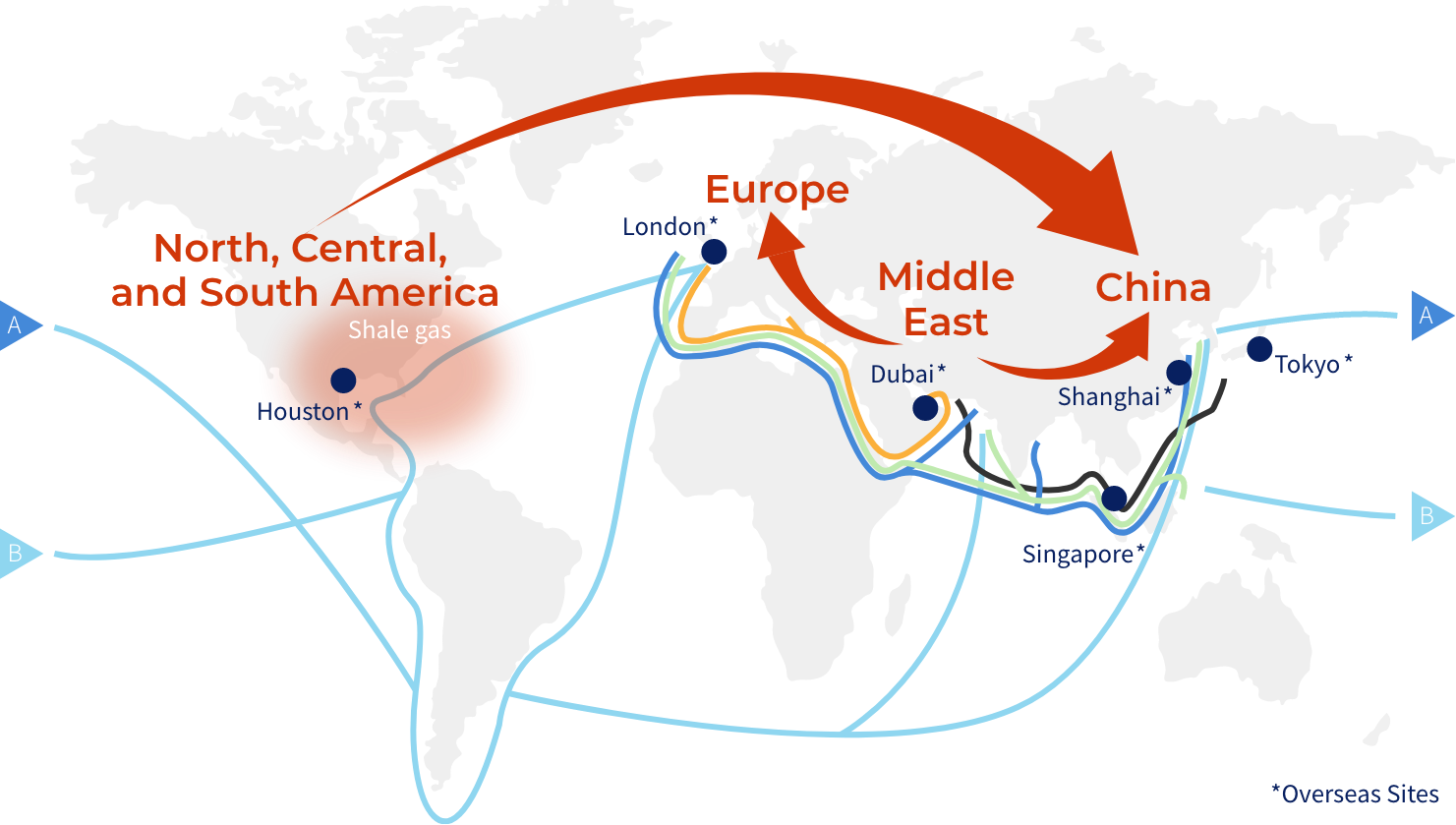
Top share in cargo loaded in the Middle East and unloaded in the Far East and Europe
The IINO Group has the top global share by transport volume in the transport of petrochemical products between the Middle East, one of the world's largest producers of petrochemical products, and China, the largest consumer, and Europe. To respond to the unique needs of customers, the Group conducts efficient vessel allocation that makes use of a fleet scale that leads the industry.
In North America, shipments of petrochemical products derived from shale are projected to grow, and through joint ventures with US-based shipping companies, the Group will work to expand its transport share in other shipping routes, such as those covering the Pacific Ocean.